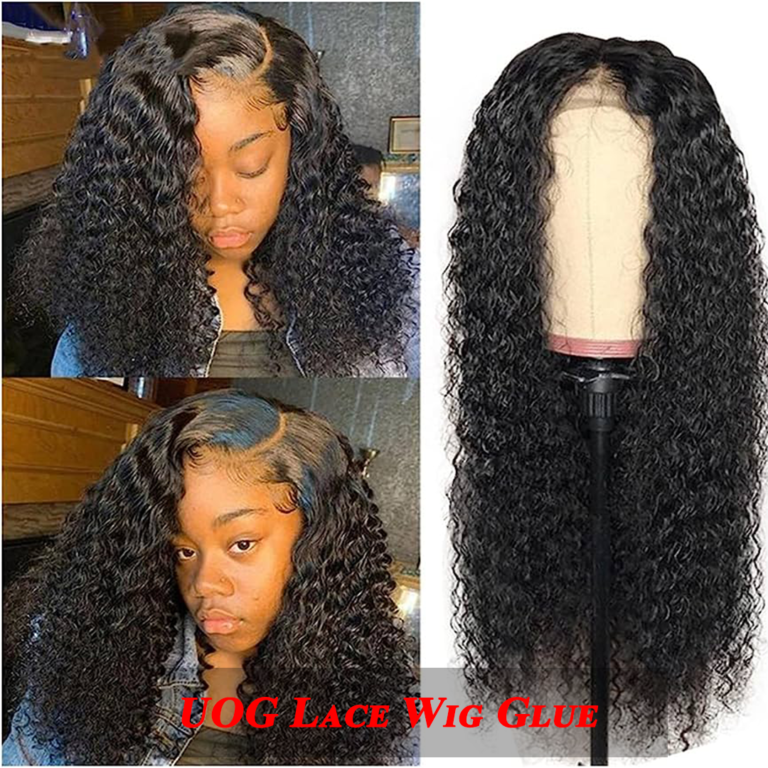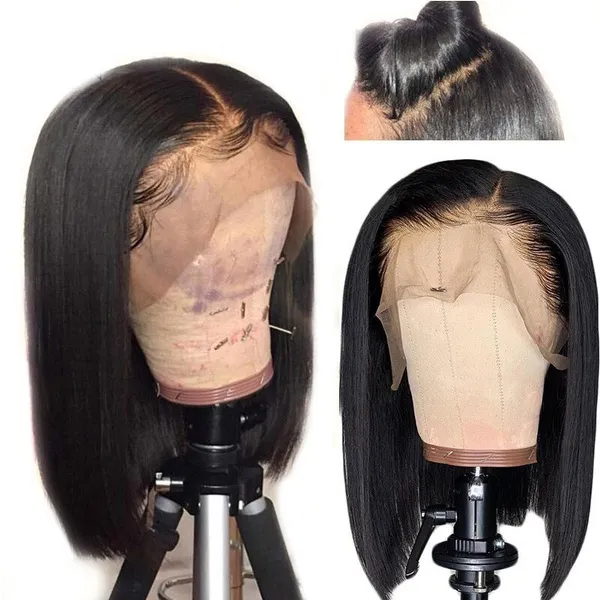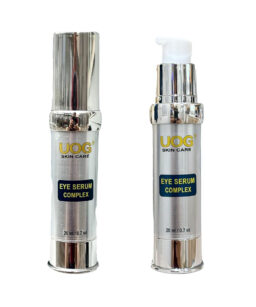Lace wigs have long been popular for transforming hairstyles and enhancing overall appearance. Wigs provide a versatile solution, whether you want to change your look temporarily or deal with hair loss. However, with advancements in wig technology, various types of wigs are now available on the market. Two popular options that often come up in discussions are lace wigs and traditional wigs. Understanding the difference between these two types of wigs is crucial when selecting the right one to meet your needs. Here are some key points to consider:
Lace Wigs vs. Traditional Wigs: Lace wigs and traditional wigs each offer distinct features, construction methods, and application techniques. While traditional wigs have been a staple for centuries, lace wigs have gained popularity recently due to their realistic appearance and natural-looking hairline.
Construction: Lace wigs offer a sheer lace base or cap that mimics the appearance of a natural scalp. The synthetic or human hair strands are tied manually to the lace, providing a realistic and natural-looking hairline. On the other hand, we construct the traditional wigs with wefts or tracks of hair sewn onto a cap made of materials such as cloth or synthetic fibers.
Natural Look: Lace wigs are renowned for their undetectable nature due to the sheer lace cap. When properly applied, the lace blends seamlessly with the scalp, creating an illusion of hair growing directly from the scalp. Hence lace wigs become an excellent choice for a natural and realistic appearance. Traditional wigs may not provide the same level of realism, especially along the hairline.
Breathability And Comfort: Lace wigs are more breathable and lightweight than traditional wigs. The sheer lace cap allows for better airflow, reducing the likelihood of discomfort, itching, or perspiration. Traditional wigs, especially those with thicker caps, can be heavier and may not offer the same level of breathability. Synthetic caps can also trigger skin allergies.
Styling Versatility: Lace wigs offer greater styling versatility compared to traditional wigs. The lace front allows for various hair-parting styles. It also allows users to style the hair away from the face, exposing the forehead. Additionally, lace wigs are often made with human hair, allowing for heat styling, dyeing, and customization. Traditional wigs may have limitations regarding styling options and heat tolerance, depending on the material used.
Application And Maintenance: Lace wigs generally require more intricate application techniques than traditional wigs. The lace must be properly adhered to the scalp using adhesives or tapes for a secure fit. Maintenance for lace wigs involves careful removal, cleaning, and occasional reapplication of adhesives. Traditional wigs can be easier to put on and take off, typically requiring fewer steps for maintenance. But if you are using UOG lace wig glue, installation, and removal will be easier.
Price Range: Lace wigs, especially those made with high-quality human hair, are more expensive than traditional wigs. The craftsmanship and materials used in creating lace wigs contribute to their higher price point. Traditional wigs, particularly those made with synthetic fibers or lower-grade human hair, can be more budget-friendly. Nowadays, people are ready to spend more bucks to get a natural-looking lace wig.
Ultimately, the choice between lace wigs and traditional wigs depends on your personal preferences, budget, and desired outcome. Consider factors such as realism, comfort, versatility, and maintenance requirements when deciding which type of wig best suits you. Moreover, scalp health is also important if your skin is sensitive. Whatever it is, don’t forget to purchase the hypoallergenic lace wig glue for a safe wig-wearing experience.











